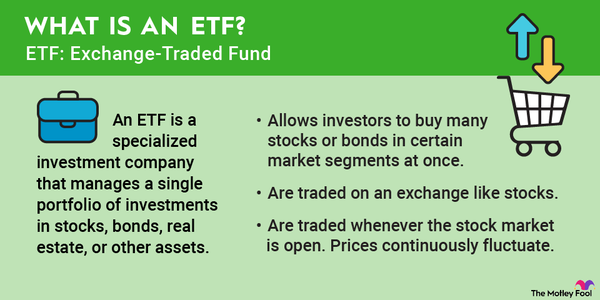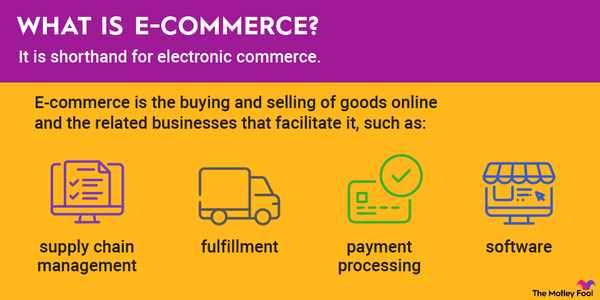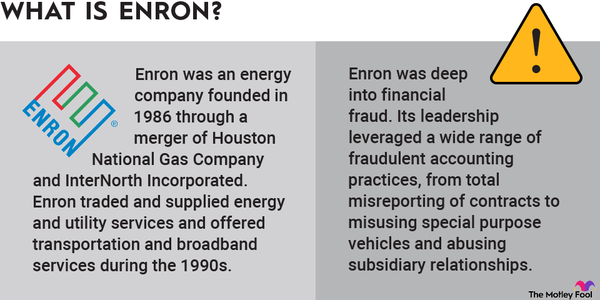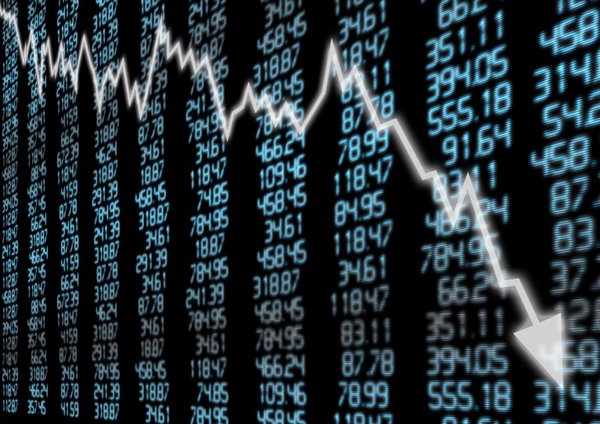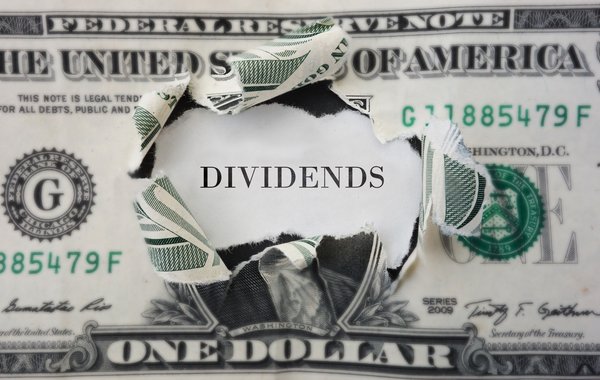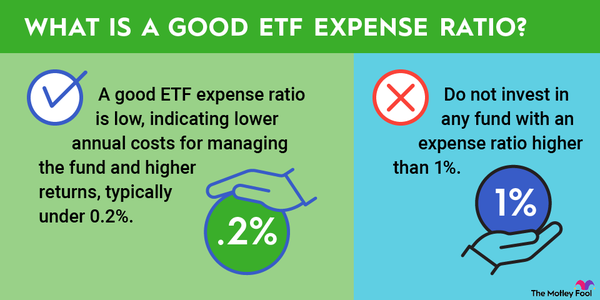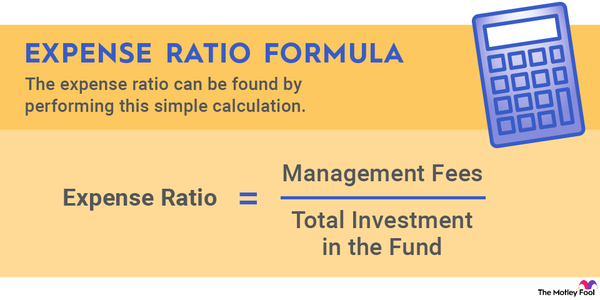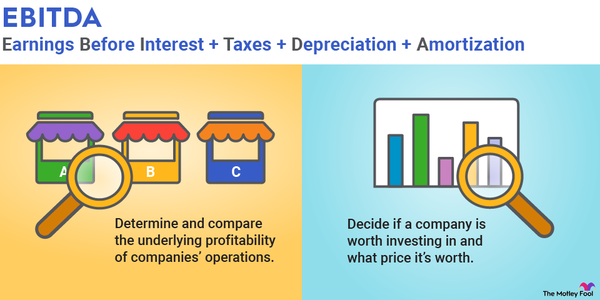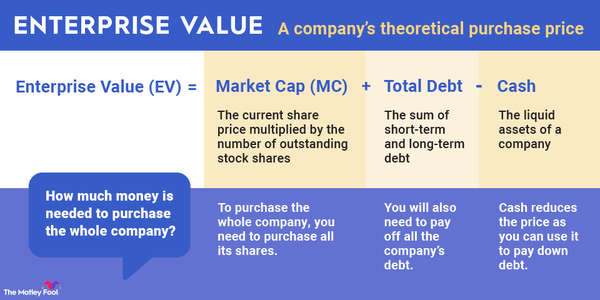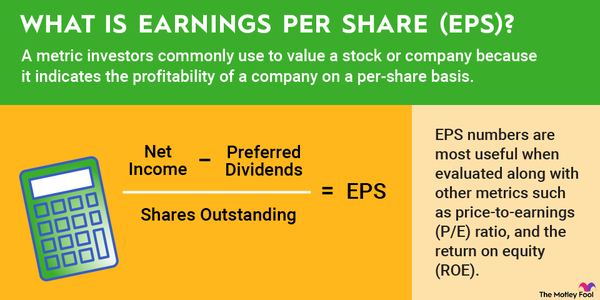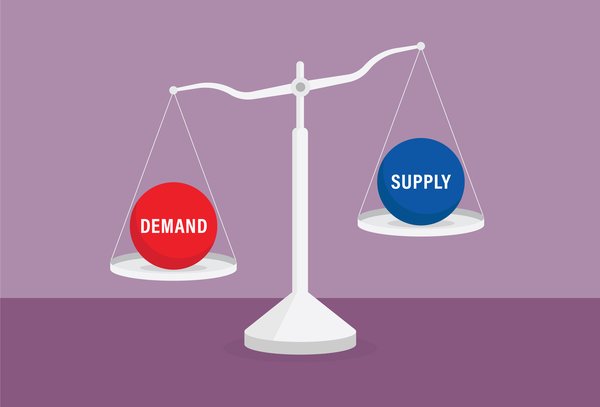One of the most important concepts a long-term investor can understand is the power of exponential growth. In this article, we'll take a closer look at exponential growth and how it could be a long-term investor's best friend.

What is it?
What is exponential growth?
The mathematical definition of exponential growth is a growth rate that depends on the quantity itself. Over time, this means that the numerical rate of growth gets larger and larger.
A number that doubles every week would be a basic example of exponential growth. For instance, if you start with $1.00 and it doubles every week, you'd have $2 after one week, $4 after two weeks, $8 after three weeks, $16 after four weeks, and so on.
This is in contrast to linear growth, where the growth rate of something stays the same over time. For example, if you have an envelope in your desk drawer that you put a $20 bill into every week, that would be a linear growth rate. The actual rate of growth will be $20 every week -- it won't increase over time.
Why it matters
Why exponential growth is important for investors
Exponential growth is the principal that can make investors very wealthy over long periods of time. It is often called compound growth and refers to percentage-based gains that get larger as an investment portfolio grows over time.
As a simplified example, let's say you have a $100,000 investment portfolio that grows at a rate of 10% per year. After one year, you would have $110,000, representing annual growth of $10,000.
However, in the second year, your portfolio's growth rate would be $11,000 (10% of $110,000). Each year, 10% of the portfolio would add even more than the year before. And you might be surprised at how this can add up over time.
Of course, stock market investments don't grow at the exact same rate year after year. However, the principle of exponential growth still applies to long-term investing.
Example
Example of exponential growth at work
Let's see how this can work over the long run. Of course, stock market returns vary from year to year, but the long-term return of the S&P 500 is approximately 10% per year on an annualized basis. From 1965 through 2023, it has averaged 10.2%, but we'll use 10% to keep the math simple.
Let's say that you invest $10,000 into an S&P 500 index fund and achieve a 10% annualized return over long periods of time. That means that it would be reasonable to expect a $1,000 gain after one year. While that would certainly be nice, it might not sound too exciting until you consider this:
- $10,000 compounded at an exponential growth rate of 10% over five years would be $16,105.
- $10,000 compounded at an exponential growth rate of 10% over 10 years would be $25,937.
- $10,000 compounded at an exponential growth rate of 10% over 15 years would be $41,772.
- $10,000 compounded at an exponential growth rate of 10% over 20 years would be $67,275.
- $10,000 compounded at an exponential growth rate of 10% over 30 years would be $174,494.
- $10,000 compounded at an exponential growth rate of 10% over 40 years would be $452,593.
This is how the stock market can be such an amazing long-term wealth creator, even for people who don't have a ton of money to invest. And these assume a one-time $10,000 investment -- imagine if you invested thousands of dollars every year.
Related investing topics
Using the math
How to use the mathematics of exponential growth to your advantage
One key takeaway is that the effects of exponential growth are more apparent the longer you invest. If you're constantly moving money in and out of stocks and other investments, you're not giving exponential growth the time it needs to do its job.
Of course, there are some very good reasons to sell stocks and move on -- but one of the best ways to grow your wealth exponentially over time is to invest in great businesses and stay invested in them for as long as they remain great businesses.
